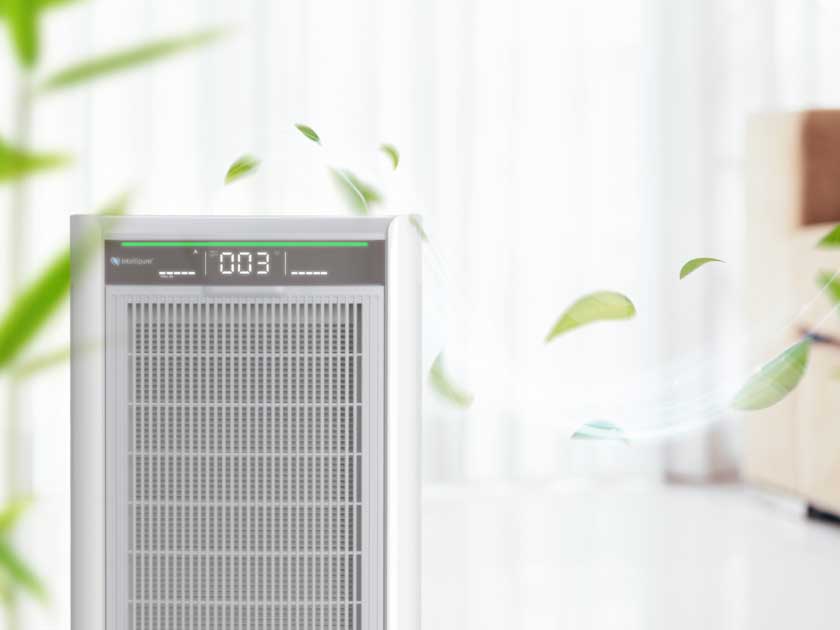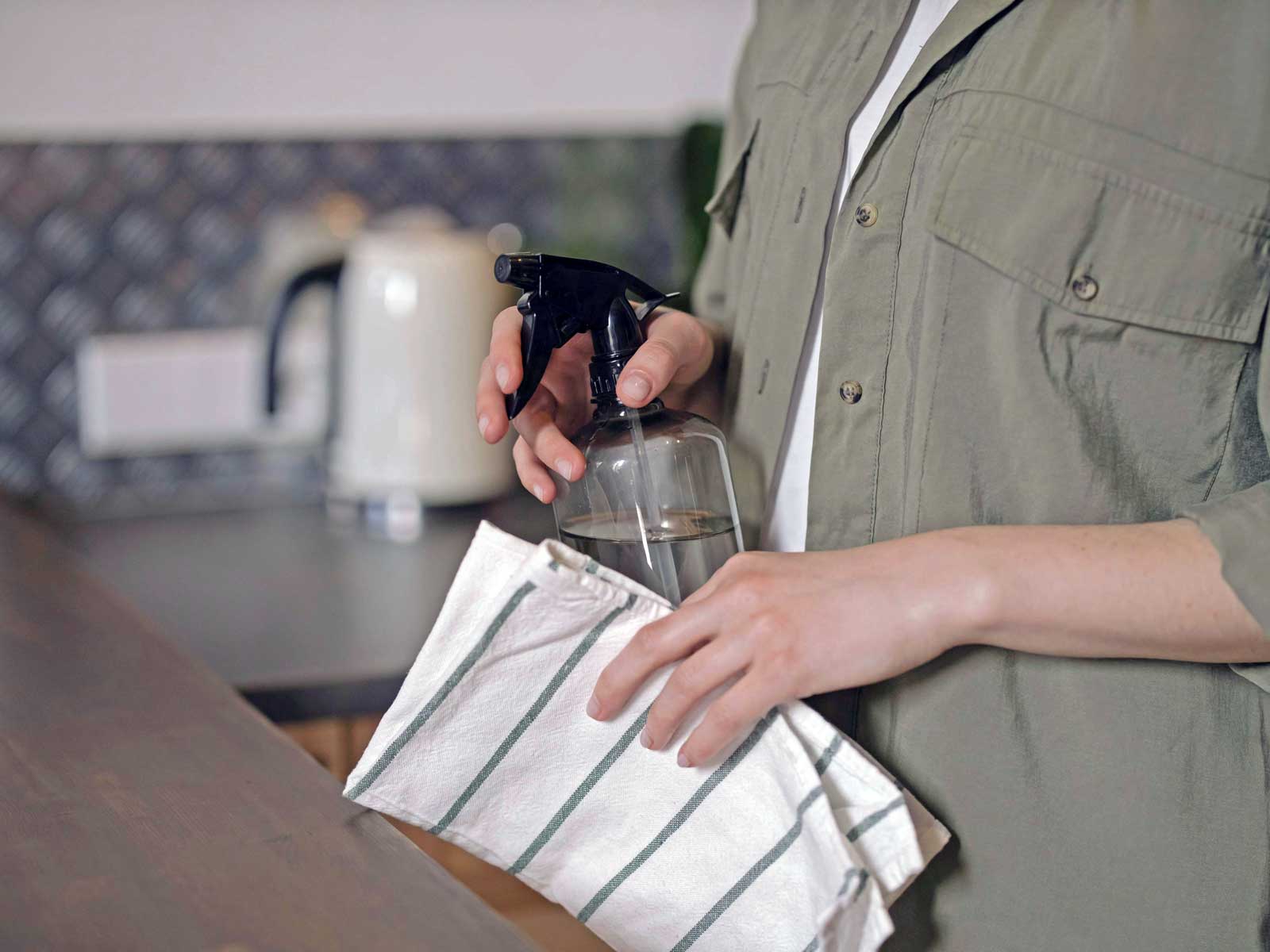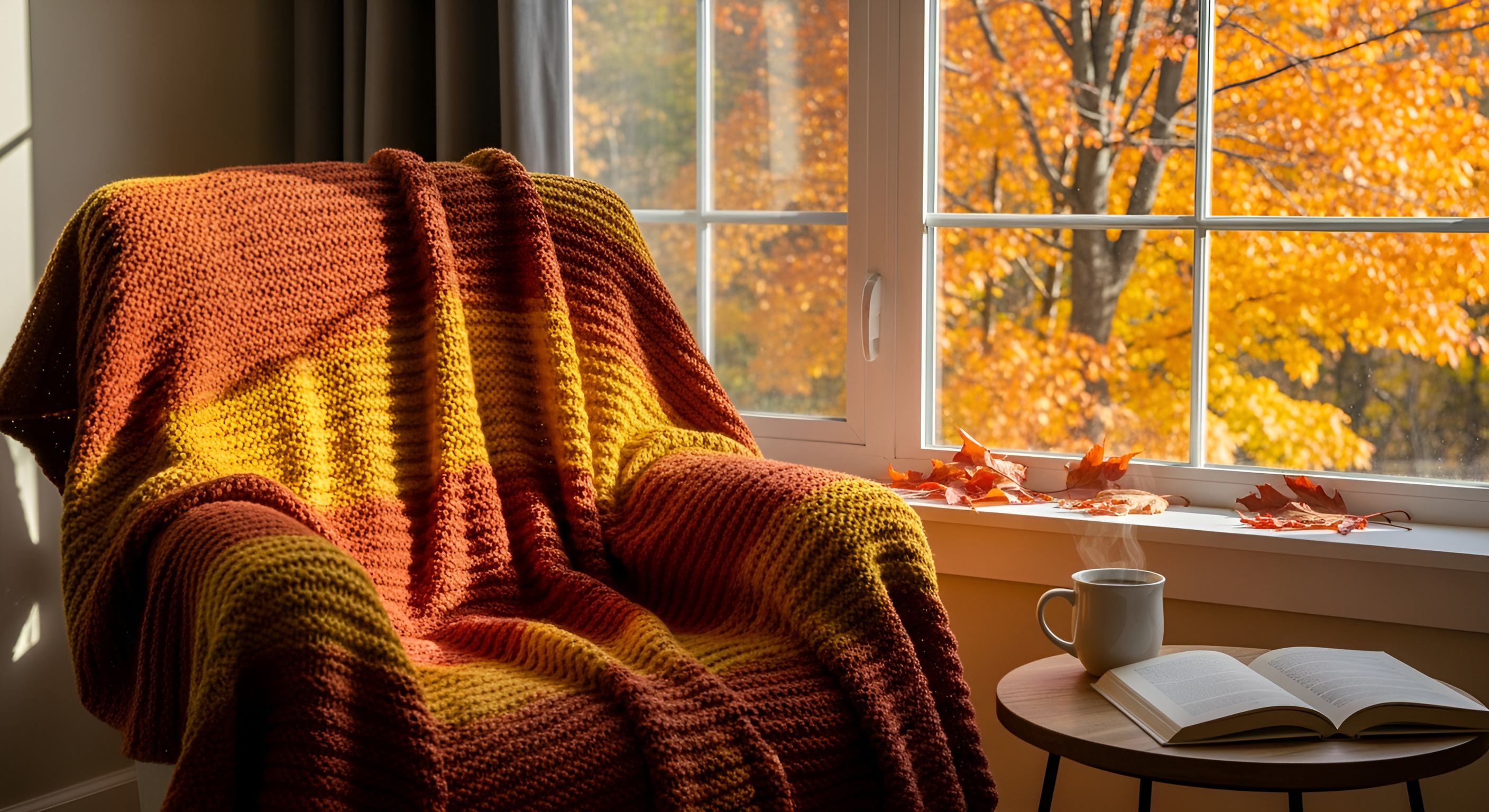
Summary
- Indoor air can be 2–5× more polluted than outdoor air due to VOCs, allergens, mold spores, and ultrafine particles.
- Pollution sources include cleaning products, candles, cooking, and even household materials—many of which go unnoticed.
- Poor indoor air quality can trigger headaches, allergies, fatigue, and long-term respiratory or cardiovascular issues.
- The EPA recommends a three-part approach: control sources, improve ventilation, and use air purification.
- High-performance purifiers like Intellipure capture ultrafine particles down to 0.007 microns, helping create truly clean, healthy air at home.
You walk in, shut your door, kick off your shoes, and take a deep, full breath. You’re home. This space feels instantly safe, familiar, comfortable, and you start breathing easier as soon as you step inside. But here’s the thing—what you’re breathing might not be quite as comforting as you think. According to the U.S. Environmental Protection Agency (EPA), the air inside our homes can be two to five times more polluted than the air outside. [1] (Yep, outside—where the cars, smokestacks, mold spores, allergens, germs and pollen-spreaders are.)
The air inside your home has its own report card—we call it indoor air quality, or IAQ. And it’s one of those things you don’t really think about… until it starts affecting your quality of life.
The Invisible Problem
Unlike the pile of laundry on your chair, poor IAQ doesn’t show itself so easily. The pollutants are microscopic, and they come from just about everywhere.
Everyday sources include:
- Volatile organic compounds (VOCs) from candles, sprays, paints, and cleaners
- Allergens like pet dander, pollen, and dust mites
- Ultrafine particles from cooking, smoking, or even burning toast
- Biological pollutants like mold spores or bacteria
Individually, they’re small. Together, they can make your lungs work overtime. The National Institute of Environmental Health Sciences (NIEHS) notes that these hidden pollutants are linked to asthma, allergies, headaches, fatigue, and other pesky ailments. [2] Which means even when your home looks spotless, your air could still be a mess.
Why It Gets Worse at Certain Times
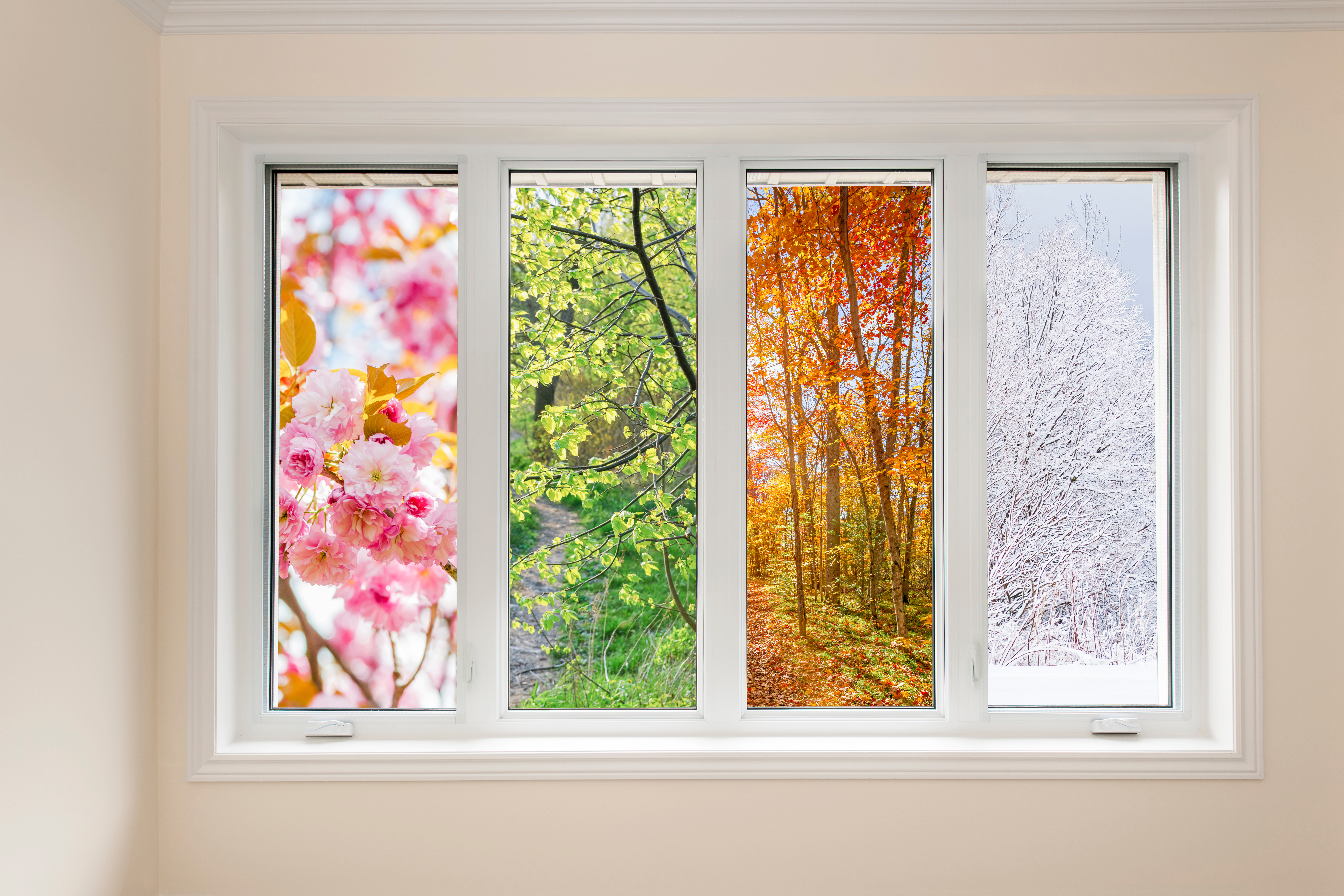
Here’s the kicker: IAQ isn’t steady. It shifts with the seasons and your habits.
- Winter: Windows stay shut, heaters stay on, and pollutants get sealed in tight
- Spring: Pollen barges in like it owns the place
- Summer: Extra humidity fuels mold growth, while mold-fighting cleaning sprays add to the VOC cocktail
- Fall: Back-to-school germs, holiday cooking marathons, and scented candles (sorry, pumpkin spice fans) all pile on
And because modern homes are built to be more energy-efficient—a.k.a. sealed tighter than Tupperware—the air has fewer ways to escape. Which means you’re not just living with your pollutants. You’re making it harder for them to leave.
How Poor IAQ Affects Your Health
Your body notices poor indoor air even when you don’t. The EPA lists a whole lineup of short-term symptoms tied to bad IAQ: headaches, dizziness, fatigue, itchy eyes, sneezing, sore throats… [3] Over time, these can escalate into aggravated asthma, allergies, and other chronic respiratory issues.
A review of research published in Indoor Air Pollution, Related Human Diseases, and Recent Trends makes it clear that pollutants like VOCs, mold spores, and ultrafine particles don’t just irritate—they’re linked to more serious outcomes ranging from cardiovascular stress to impaired lung development in kids. [4]
Here’s the hopeful side: Studies show that improving IAQ does significantly reduce these problems. Translation: cleaner air = healthier, more comfortable people.
Common Misconceptions
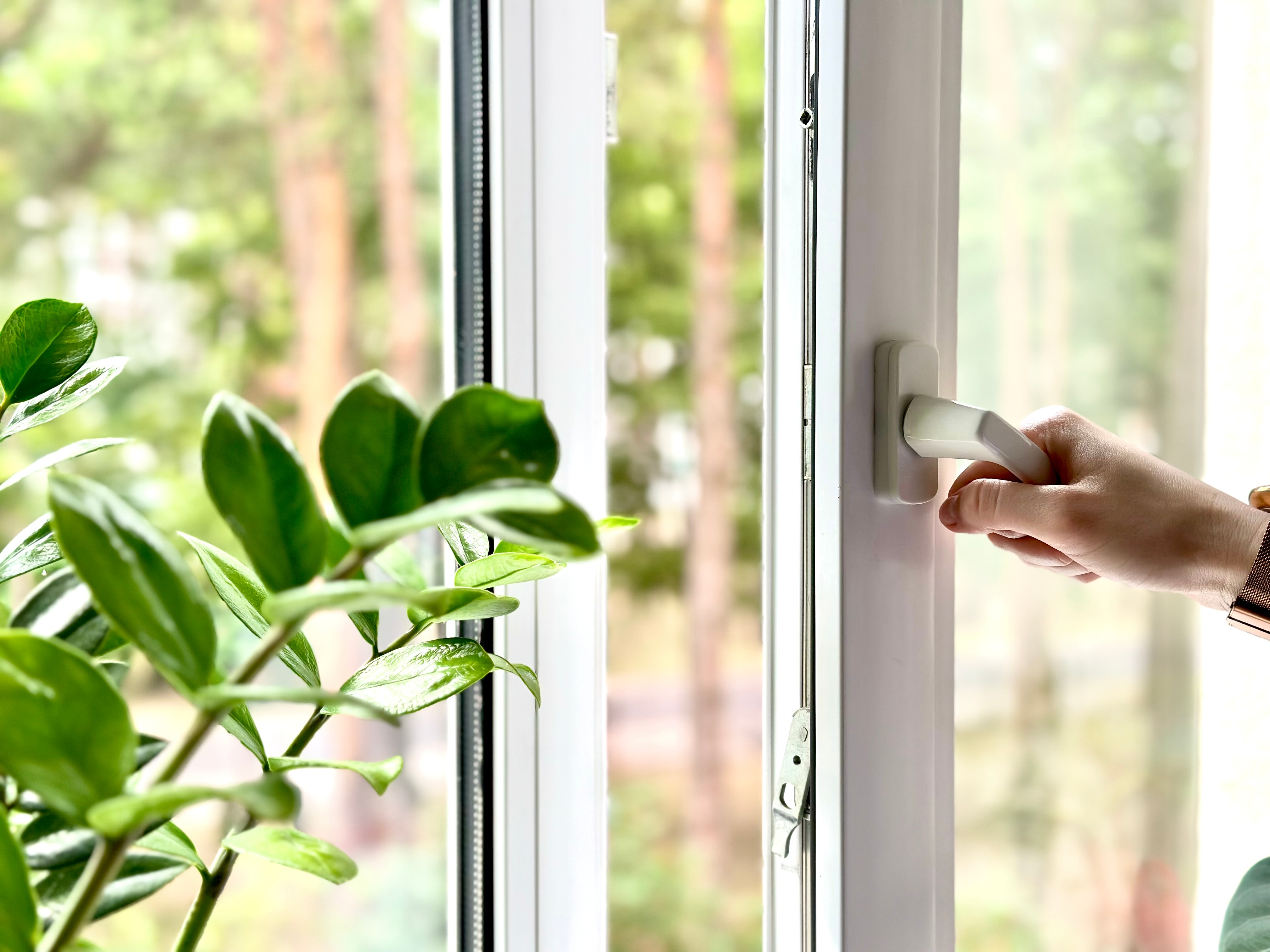
Let’s bust a few myths:
- “If it smells fresh, it is.” Not quite. Many sprays and plug-ins actually emit VOCs that react with your indoor air to form new irritants.
- “Essential oils are safer.” Even “natural” oils can release compounds like limonene that become harmful when mixed with ozone indoors. [5]
- “Opening a window fixes everything.” Sure, sometimes it helps. But if outdoor air has high pollen or vehicle exhaust, you’re just trading one pollutant for another.
The Better Approach
The EPA outlines three pillars for healthier air: source control, ventilation, and filtration. [6] That means:
- Reducing pollutants at the source by switching to low-VOC products, fixing mold-causing plumbing leaks, skipping heavy cleaning sprays and fragrances, and cutting back on other indoor culprits or similar
- Ventilating when possible, especially during cooking or cleaning
- Using proven air filtration and purification to trap and eliminate what’s left [7]
This is where technology makes the invisible visible. High-quality purifiers, like Intellipure’s, don’t just mask odors—they use advanced filters to capture ultrafine particles [8] down to 0.007 microns and reduce airborne VOCs. [9] That’s a lot smaller than the PM2.5 particles most headlines tout, and it matters because research links those ultrafine particles to the biggest health risks.
Practical Tips
.png)
Here’s your 15-point IAQ checklist for breathing better at home:
- Vent while cooking—use the range hood or crack a window [10]
- Run exhaust fans in bathrooms to cut humidity and mold growth
- Keep purifier intakes and outlets away from walls or furniture
- Replace HVAC filters regularly.Look for higher MERV ratings, too.
- Change purifier filters on schedule—don’t procrastinate. (A subscription helps!)
- Vacuum regularly with a HEPA filter to trap allergens and fine dust
- Leave shoes and coats at the door to keep outdoor pollutants out
- Don’t smoke or vape indoors. Those particles can linger for hours. [11]
- Choose low-VOC paints, adhesives, and cleaning products
- Skip plug-ins and air freshener sprays. They add VOCs, not freshness.
- Fix leaks quickly to prevent mold colonies from forming… and spreading
- Wash bedding (sheets, duvets, etc.) weekly in hot water to reduce dust mites
- Keep indoor humidity between 30-50% Use a dehumidifier if needed. [12]
- Limit or avoid using strong essential oils in diffusers
- Place purifiers in rooms where you spend the most time—especially bedrooms
Ready to check off the biggest box of all? Good habits help, but the most powerful move on your IAQ checklist is filtration you can trust. Intellipure purifiers don’t just mask odors, they capture ultrafine particles and reduce VOCs—giving you cleaner air that brings the same sigh of relief, every time you breathe.
Now What?
Indoor air quality isn’t just about comfort. It’s about your health. Cleaner air means fewer sniffles, steadier focus, better sleep, and everyday peace-of-mind. That’s not a bunch of hot air. It’s pure science.
The good news is that cleaning up your indoor air doesn’t require a science degree. Or any degree, for that matter. With a few smarter habits and a purifier that traps and eliminates pollutants instead of masking them, your home’s air can be as comforting as it feels. (Scientifically speaking.)
Not sure where to start? Our Plan Your Space tool maps out exactly what you need, so you can turn your checklist into real results.
Sources:
[1] EPA — The Inside Story: A Guide to IAQ (several organics average 2–5× higher indoors). https://www.epa.gov/indoor-air-quality-iaq/inside-story-guide-indoor-air-quality EPA [2] NIEHS — Indoor Air Quality (health effects overview: asthma, allergies, etc.). https://www.niehs.nih.gov/health/topics/agents/indoor-air NIEHS [3] EPA — Indoor Air Quality (consumer page) (short‑term symptoms list). https://www.epa.gov/air-quality/indoor-air-quality EPA
[4] AHA/Hypertension (2019) review (links IAQ/PM exposure to cardiometabolic outcomes). https://www.ahajournals.org/doi/10.1161/HYPERTENSIONAHA.119.14456 AHA Journals [5] EPA — Technical Overview of VOCs (indoor VOCs react with ozone → harmful by‑products, sub‑micron particles). https://www.epa.gov/indoor-air-quality-iaq/technical-overview-volatile-organic-compounds EPA [6] EPA — Factsheet: What is IAQ? (three basic strategies: source control, ventilation, filtration). https://www.epa.gov/indoor-air-quality-iaq/factsheet-what-indoor-air-quality EPA [7] EPA — Guide to Air Cleaners (HTML) (filtration as supplement to source control + ventilation). https://www.epa.gov/indoor-air-quality-iaq/guide-air-cleaners-home EPA [8] HEI Perspectives 3 (health significance of ultrafine particles). https://www.healtheffects.org/system/files/Perspectives3.pdf Health Effects Institute [9] EPA — Guide to Air Cleaners in the Home (PDF) (portable cleaners/HVAC filters; gas‑phase considerations). https://www.epa.gov/sites/default/files/2018-07/documents/guide_to_air_cleaners_in_the_home_2nd_edition.pdf EPA
[10] EPA — Sources of Indoor Particulate Matter (Range Hoods) (use range hood while cooking; leave on 10–20 min). https://www.epa.gov/indoor-air-quality-iaq/sources-indoor-particulate-matter-pm EPA [11] CDC — Health Problems Caused by Secondhand Smoke. https://www.cdc.gov/tobacco/secondhand-smoke/health.html CDC [12] EPA — Care for Your Air (keep indoor humidity 30–50%). https://www.epa.gov/sites/default/files/2014-08/documents/careforyourair.pdf EPA

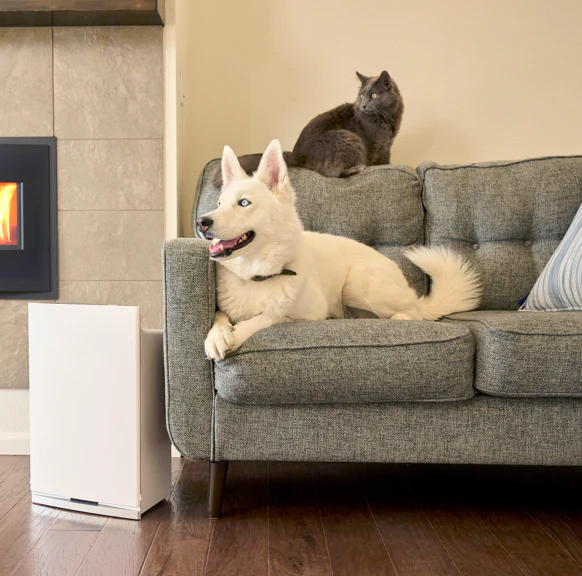 Can Air Purifiers & Humidifiers Coexist?
Can Air Purifiers & Humidifiers Coexist?
